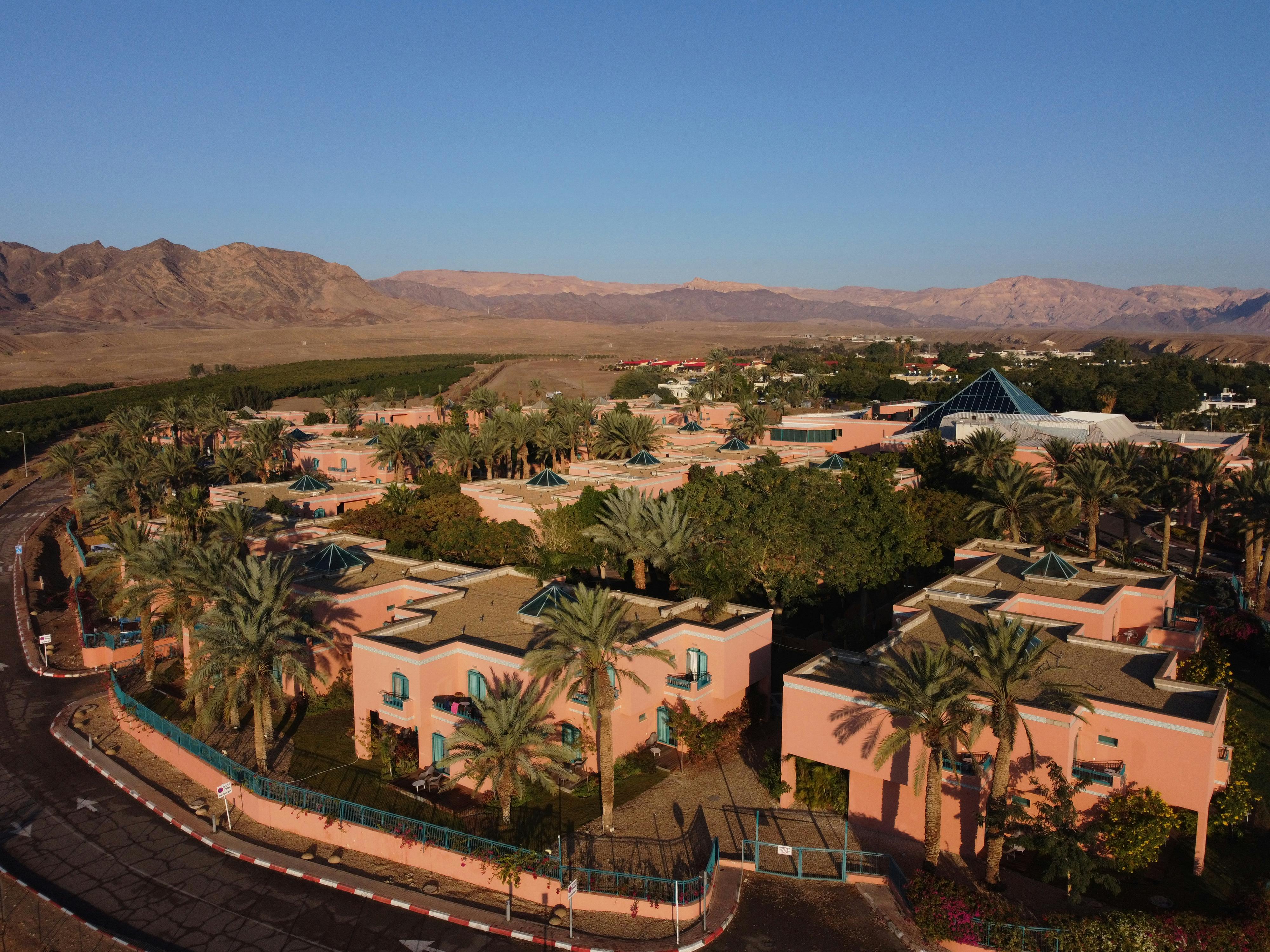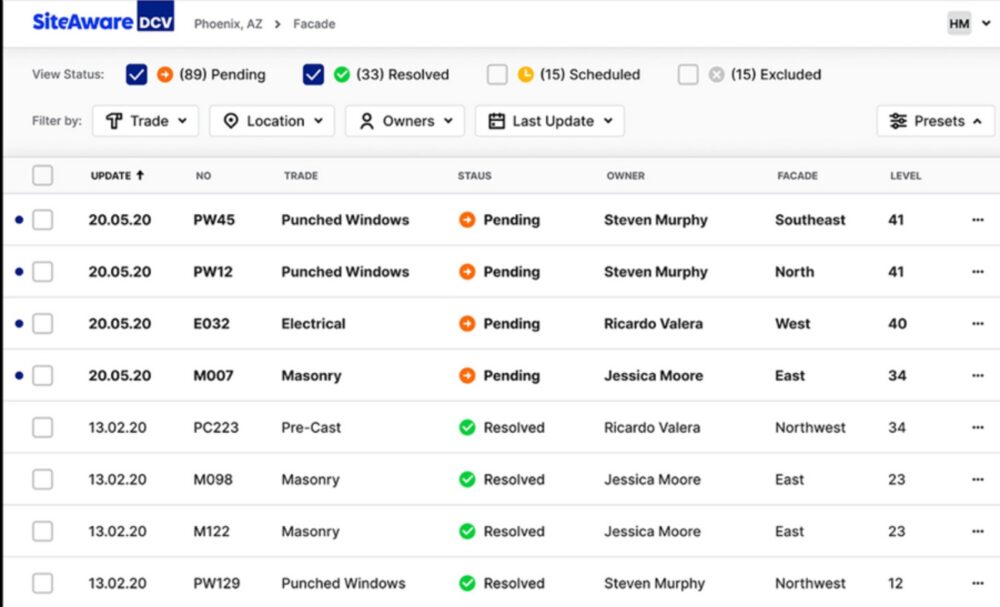Experience Israel through the tastes and the smells: a gastronomic adventure to discover Israel’s multicultural population and unique culture while indulging yourself in a wide palate of flavors.
Day 1
Begin your gastronomic adventure in Israel in the Golan Heights, which few people know has become a magnet for wine, food and olive-oil connoisseurs. Wine, oil and livestock have been the traditional produce of the Golan for centuries. One of the finest illustrations of this fact is the Talmudic village of Katsrin, where wine- and oil-presses have been discovered, and an oil press is on display and even used.
After a short tour of the ancient village, you can proceed to the nearby industrial zone to visit the Eden Water Mineral Water Plant and Katsrin’s winery, one of many in the Golan Heights.
Drive north through the Druze villages of Buk’ata and Mas’ade, stopping for the special Druze pita bread, cheese and za’atar (The biblical hyssop).
Descend from the Golan to the Hula Valley via the headwaters of the Jordan. Due to the abundance of water, the area is dotted with fish ponds. Dinner at a fish restaurant is a great choice in this region.
In the late afternoon, head down to the Sea of Galilee to enjoy a fish dinner along the lakefront, the local favorite being St. Peter’s (tilapia).
Overnight at the Hula Valley or the Tiberias area.
Day 2
Start the day at the Hula Nature Reserve. The reserve has lovely walking trails, including a “floating bridge” over the wetland, and special lookout points where visitors can observe the wild birds. In the spring of 1994, another stage in the campaign to restore the Hula Valley was completed: the flooding of 250 acres of uncultivated land, located approximately two kilometers north of the Hula Nature Reserve. Visitors can visit the re-flooded area to appreciate nature’s powers.
While at the Hula valley Nature reserve don’t forget to stop at “Oforia,” a spectacular multimedia display that tells the story of the migratory route that crosses the region and the millions of birds that use it.
Continue to Rosh Pina, one of the first communities established by the early Zionists settlers, for a taste of rural life in the Galilee. Enjoy a meal at in one of the many fine country-style eateries that dot this picturesque community.
A special treat is the chocolate factory in the restored part of Rosh Pina, located in the 19th-century one-room school house.
Proceed to Safed (Tzefat), one of the four holy cities in Israel and the home of Lurianic Kabalah (a branch of Jewish mysticism conceived by the 16-century Rabbi Isaac Luria).Stroll along the lanes of Safed’s old city, visiting its many synagogues and its unique artist’s colony. Visit Hameiri Dairy – The first dairy in the country.
Overnight in the Hula Valley or Tiberias area.
Day 3
Begin the day in Acre. The remains of the Crusader town, dating from 1104 to 1291, lie almost intact both above and below today’s street level, providing an exceptional picture of the layout and structures of the capital of the medieval Crusader kingdom, along with touches of the Ottoman fortified market town Acre was during the 18th and 19th centuries.
Explore the Knights Halls, the Al-Jazaar Mosque, the bathhouse with its multi-media display, and the new ethnic museum, built right into the rooms of the old wall.
Stroll through the alleys of the Old City, stop in at its spice shops, and taste the local humus and other Middle Eastern and Mediterranean delicacies.
Continue to Mount Carmel and a visit to Zikhron Ya’akov – an area abundant in vineyards and wine and visit a local winery.
Continue to Tel Aviv. In the heart of the city, you’ll enjoy the colors and aromas of the Carmel Market, Tel Aviv’s open air fresh produce market.
In July, 2003, UNESCO Organization proclaimed the unique urban and historical fabric of early Tel Aviv, known as the White City, a UNESCO World Heritage site. In the midst of the White City is Rothschild Boulevard, with many interesting architectural monuments, as well as a selection of the city’s good restaurants.
Tel Aviv boasts restaurants for every palate, preference and pocket. Ask your concierge for the best recommendations. Some of the best fish restaurants in the city are located in the Tel Aviv Port, along with ice cream bars and cafes.
Overnight in Tel Aviv.
Day 4
Begin you day with a visit to Jaffa, where you can buy the freshest bread for miles around at the bakery on Jaffa’s main drag, Yefet Street, a favorite with locals that does its best business on Saturday nights.
Stroll the alleyways of old Jaffa and enjoy the artists’ colony, the picturesque fishermen’s port, the archaeological remains and restaurants.
Neve Tsedek, the first Jewish neighborhood outside the walls of old Jaffa, is now a gentrified part of town that is one of the city’s cultural hubs as well.
Take highway 1 to Jerusalem via the Judean Mountains. A scenic detour through the Eshtaol Forest near Beit Shemesh will showcase the region of Samson’s exploits and includes Tel Zor’a, where Samson’s traditional tomb is located. As a Nazirite, this biblical strongman wasn’t allowed to drink wine. Assuming you have no such restrictions, click here for a list of wineries in the Judean Mountains and Lowlands that you can incorporate into your day.
Overnight in Jerusalem.
Day 5
Start your visit in Israel’s capital at the Tower of David Museum dedicated to the history of Jerusalem from the founding of the city to modern times, in its unique location in the old Turkish citadel near the Old City’s Jaffa Gate.
Continue to the Jewish Quarter, which was home to European and Sephardic Jews who prayed and studied during the centuries under Ottoman rule, to visit the Broad Wall, a 2,700 year old defensive fortification; the Ariel – First Temple period museum; and Herodian Mansions.
Descend from the Jewish Quarter to the Western Wall, the last remnant of the Herodian Temple Mount. Visit the Southern Wall Excavations. Walk on the original street from two thousand years ago, climb the ancient steps, and visit the Multimedia Davidson Center, in the basement of an eighth-century CE building.
Wander the Old City markets, steeping yourself in its sights, sounds and aromas, and try your hand at hunting and bargaining for treasures.
Dinner at one of the many fine restaurants in Jerusalem.
Overnight in Jerusalem.
Day 6
Start the day with a Visit to the Yad Vashem Holocaust Memorial, Walk through the astounding new Museum with its new and moving focus on the individual in the Holocaust, the Children’s Memorial and Hall of Remembrance.
Drive through the New City viewing old and new neighborhoods and the Knesset (The Israeli Parliament) (open for visits on Sundays and Thursdays) and the beautifully designed Supreme Court building.
At the nearby Israel Museum, among many other fascinating exhibits discover the mysteries of the Dead Sea Scrolls at the Shrine of the Book and see the Model of ancient Jerusalem.
For a change of pace visit Mahane Yehuda, the produce market of the capital, where a number of good restaurants have opened there lately, in the old stone buildings.
Finish the day with optional evening tours that explore the development of Jerusalem from the 19th century on. (Must be pre-arranged, can be booked through the concierge at your hotel).
Overnight in Jerusalem.
Day 7
Get an early start today and drive south to the Dead Sea and Massada, taking the cable car to the top to view the ruins of King Herod’s mountaintop fortress and the last stronghold of the Jewish revolt against the Romans in 73 CE, which has been declared a UNESCO World Heritage Site.
Visit the new museum in the Visitor Center, which reveals the secrets of the daily life of the rebels, the story of the excavations, and how the site became one of Israel’s most important symbols.
After a dip in the healthful waters of the Dead Sea, the lowest, saltiest body of water on earth, continue through the desert town of Arad to enjoy Bedouin hospitality in the Nokdim Farm or in the picturesque village of Drejat, before heading back to central Israel.


